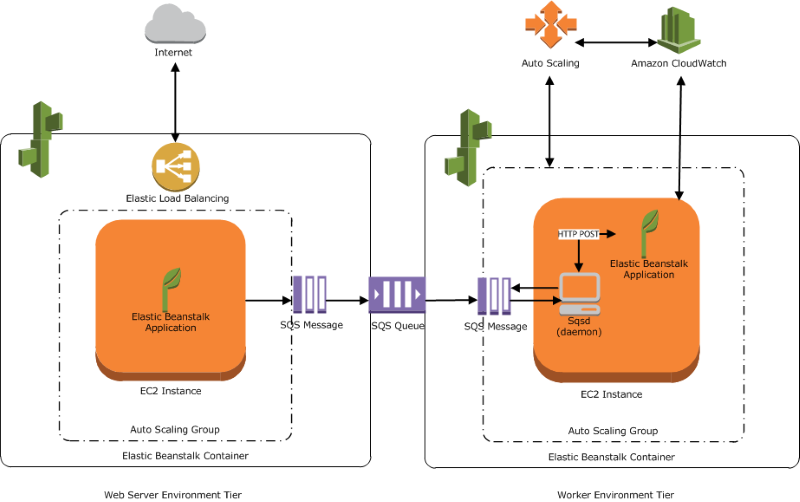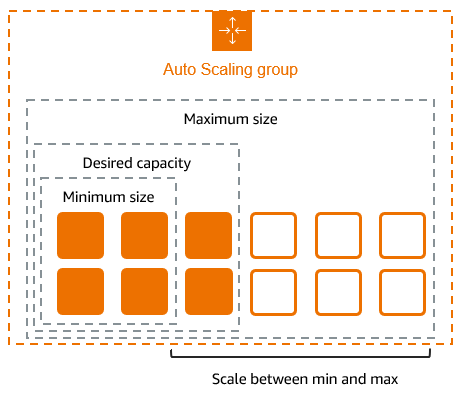Hey there Ubuntu explorers! Welcome to the third installment of our Linux Zero to Hero series. In our previous post, we got comfortable with the Ubuntu terminal and basic commands. Today, we're leveling up your Linux game with essential file management skills that'll make you feel like a pro in no time.
Why File Management Matters
Think of your Linux system as a massive library. Without knowing how to find books, move them around, or organize new ones, you'd be pretty lost, right? The same goes for your Ubuntu system. Solid file management skills are the foundation for everything else you'll do in Linux—from basic tasks to advanced DevOps workflows.
Understanding the Linux File System
Before we start moving files around, let's get a quick lay of the land. Unlike Windows with its drive letters (C:, D:, etc.), Linux organizes everything in a single tree structure starting from the root directory, represented by a forward slash /.
Here's a quick rundown of some key directories you'll be working with:
/home– Where user directories live (like/home/yourusername)/etc– System configuration files/var– Variable data like logs and databases/usr– User programs and data/binand/sbin– Essential system binaries/tmp– Temporary files
When you open your terminal, you typically start in your home directory, which you can also refer to with the tilde symbol ~.

Navigating Like a Pro
Let's start with the basics of moving around your filesystem:
Finding Your Way
pwd # Print Working Directory - shows where you are
This simple command is your "you are here" marker. Run it anytime you feel lost.
Listing Files and Directories
ls # List files in current directory
ls -l # Long format with details
ls -a # Show hidden files (those starting with .)
ls -la # Combination of both
ls /etc # List files in a specific directory
Pro tip: Add some color to your listings with ls --color=auto. Better yet, most Ubuntu installations already have this set up as an alias, so just typing ls gives you colorized output.
Changing Directories
cd Documents # Move to Documents folder
cd /etc # Move to /etc (absolute path)
cd ../ # Move up one directory
cd ~ # Go to your home directory
cd - # Go back to previous directory
The last one (cd -) is a little-known gem that toggles between your current and previous locations. Super handy when you're working in two directories!
Creating Your Own Space
Now that you can navigate around, let's learn how to create new directories:
mkdir Projects # Create a directory
mkdir -p Work/DevOps/Scripts # Create nested directories
The -p flag is a lifesaver—it creates parent directories if they don't exist yet.
Copying Files Like a Boss
Time to copy some files around:
cp original.txt copy.txt # Copy a file
cp -r Projects/ Projects_Backup/ # Copy a directory recursively
cp -i important.txt backup.txt # Ask before overwriting
cp *.txt Documents/ # Copy all text files to Documents
The -r (recursive) flag is essential when copying directories. Without it, cp will only try to copy the directory itself, not its contents.

Moving and Renaming
In Linux, moving and renaming use the same command: mv
mv oldname.txt newname.txt # Rename a file
mv file.txt ~/Documents/ # Move a file to Documents
mv -i important.txt ~/Backup/ # Ask before overwriting
mv *.jpg Images/ # Move all JPG files to Images folder
Quick tip: When moving files to a different directory, if you want to keep the same filename, you can just specify the destination directory:
mv report.pdf ~/Documents/
# This moves report.pdf to your Documents folder with the same name
Removing Files and Directories
With great power comes great responsibility. The rm command deletes files permanently—there's no Recycle Bin to recover from!
rm unwanted.txt # Delete a file
rm -i important.txt # Ask for confirmation before deleting
rm -r OldProject/ # Delete a directory and its contents
rm -rf TemporaryFiles/ # Force delete without asking (use with caution!)
For empty directories, you can use the simpler rmdir command:
rmdir EmptyFolder
🚨 WARNING: Be extremely careful with rm -rf commands, especially when used with wildcards or as superuser. There's a reason the joke goes that the most dangerous Linux command is rm -rf / (which would attempt to delete everything on your system).
Understanding File Permissions
One of Linux's superpowers is its robust permission system. Each file and directory has permissions for the owner, group, and others.
To see permissions, use ls -l:
$ ls -l script.sh
-rwxr-xr-- 1 amartya devops 1024 Jun 17 13:45 script.sh
This cryptic output breaks down as:
- First character: file type (
-for regular file,dfor directory) - Next three characters: owner permissions (read, write, execute)
- Next three: group permissions
- Last three: permissions for everyone else
To change permissions:
chmod +x script.sh # Make file executable for everyone
chmod u+w,g-w file.txt # Add write permission for user, remove it for group
chmod 755 important_script.sh # Set specific permissions using octal notation
Power User Moves: Wildcards and Pattern Matching
Wildcards supercharge your file management commands:
cp *.py Python/ # Copy all Python files
mv project_*.txt Projects/ # Move all files starting with "project_"
rm temp_??.txt # Remove files like temp_01.txt, temp_42.txt
Common wildcards:
*– Matches any number of characters?– Matches exactly one character[abc]– Matches any of the characters in brackets[a-z]– Matches any character in the range
Chaining Commands for Efficiency
Why run multiple commands when you can chain them together?
# Create directory and move into it in one go
mkdir NewProject && cd NewProject
# Try to create a backup, but if it fails, show an error
cp -r ~/Documents ~/Backup || echo "Backup failed!"
# Chain multiple operations
mkdir -p Projects/Website && cp *.html Projects/Website/ && echo "Files moved successfully!"

Real-World Scenarios
Let's put everything together with some practical examples:
Scenario 1: Organizing Your Downloads Folder
# Create organization directories
cd ~/Downloads
mkdir -p Documents Images Videos Archives
# Move files to appropriate folders
mv *.pdf *.doc *.txt Documents/
mv *.jpg *.png *.gif Images/
mv *.mp4 *.mov *.avi Videos/
mv *.zip *.tar.gz *.rar Archives/
# Check what's left
ls
Scenario 2: Creating a Project Backup
# Create timestamped backup directory
BACKUP_DIR="project_backup_$(date +%Y%m%d)"
mkdir ~/$BACKUP_DIR
# Copy project files with their directory structure
cp -r ~/Projects/CurrentProject ~/$BACKUP_DIR/
# Create a compressed archive
cd ~
tar -czvf "${BACKUP_DIR}.tar.gz" $BACKUP_DIR
# Remove the uncompressed backup to save space
rm -r $BACKUP_DIR
echo "Backup created at ~/${BACKUP_DIR}.tar.gz"
Scenario 3: Setting Up a Development Environment
# Create project structure
mkdir -p ~/DevProject/{src,tests,docs,scripts}
# Create empty files to get started
touch ~/DevProject/src/{main.py,helpers.py}
touch ~/DevProject/tests/test_main.py
touch ~/DevProject/docs/README.md
# Make scripts executable
touch ~/DevProject/scripts/{setup.sh,build.sh,deploy.sh}
chmod +x ~/DevProject/scripts/*.sh
echo "Development environment ready!"
Tips to Become a File Management Wizard
- Use tab completion: Hit Tab to autocomplete file and directory names.
- Learn keyboard shortcuts: Ctrl+A (beginning of line), Ctrl+E (end of line), Ctrl+R (search history).
- Create aliases: Add shortcuts for complex commands in your
~/.bashrcfile. - Use Midnight Commander: If you prefer a visual file manager, try
mc(install withsudo apt install mc). - Consider using
rsync: For advanced file copying with progress bars and synchronization.
What's Next in Your Ubuntu Journey?
Now that you've mastered file management, you're ready to take on more advanced Linux topics. In our next post, we'll dive into "Sudo, Chaining, and Efficiency: Level Up Your Bash Game with Power User Basics" where you'll learn to elevate your command line skills even further.
The cool thing about mastering these file management skills is that they're transferable to nearly any Linux distribution and will serve you well throughout your tech career—whether you're a developer, system administrator, or DevOps engineer.
Keep practicing these commands, and soon they'll become second nature. The terminal might seem intimidating at first, but once you get comfortable with it, you'll find it's often faster and more powerful than using a graphical interface.
What aspect of file management do you find most useful in your daily work? Drop a comment below and let us know what you'd like to see covered in more detail in future posts!
Happy file managing, and see you in the next installment of our Linux Zero to Hero series!




